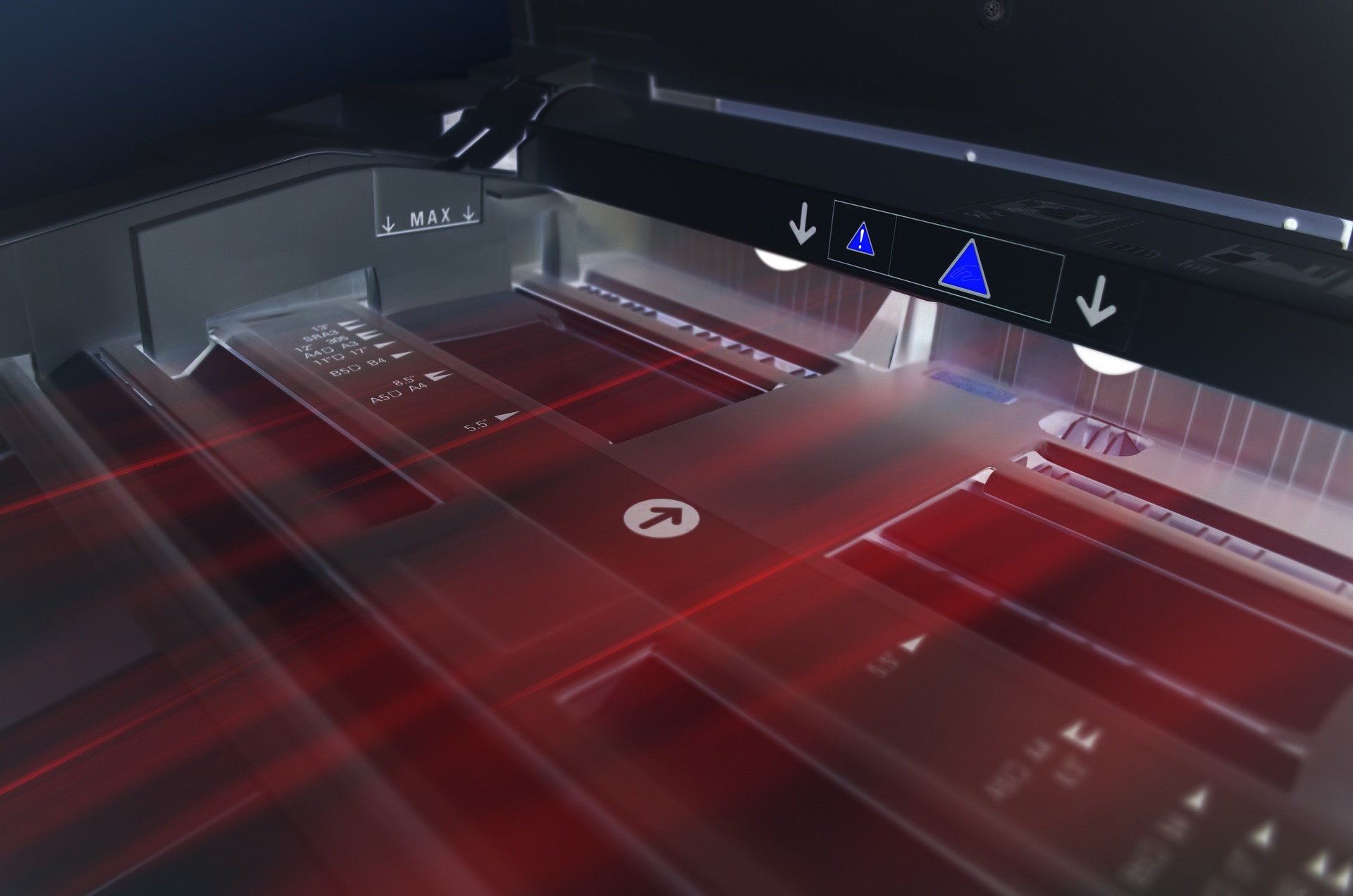Unraveling the Potential of Terahertz Technology: A New Era of Connectivity
In a world where data is the new currency, the thirst for faster and more reliable connectivity never ceases. One technology promising to quench this thirst, and yet remains relatively unexplored, is Terahertz (THz) communications. This emerging field could redefine the way we perceive wireless communication, offering speeds far beyond current capabilities. But what is THz technology, and what potential does it hold for the future of telecommunications?

A Brief History and the Rise of THz Technology
The story of THz technology traces back to the 1960s when scientists first started exploring the THz frequency band for spectroscopy. However, it wasn’t until the advent of the 21st century that the potential of this technology in wireless communications started to emerge. Today, THz technology is poised to become a crucial component of the next-generation wireless networks, promising unprecedented data rates, low latency, and high reliability.
Unveiling the Potential of THz Communications
The tantalizing promise of THz communications is its ultra-high data rates. Traditional Wi-Fi operates at frequencies of 2.4 GHz or 5 GHz, offering data rates up to a few gigabits per second. In contrast, THz communications operate in the frequency range from 0.1 to 10 THz, potentially allowing data rates of several terabits per second.
But speed is not the only advantage. THz technology could also enable ultra-low latency communication, allowing for real-time interactions in critical applications such as autonomous driving and remote surgery. Moreover, due to the high frequency, THz waves have a much shorter wavelength than conventional radio waves, allowing for more precise localization and tracking.
Challenges and Practical Applications of THz Technology
Despite the promising prospects, THz technology also presents significant challenges. The most prominent one is the propagation loss. THz waves suffer from high attenuation due to atmospheric absorption and scattering, limiting their range. Moreover, building hardware capable of operating at THz frequencies is technically challenging and currently an active area of research.
However, these challenges do not diminish the potential applications of THz technology. In fact, the limited range of THz waves could be an advantage in certain scenarios. For example, in data centers where high-speed, short-range communication is required, THz technology could offer an ideal solution. Similarly, THz waves could be used for secure wireless communication, as their limited range would make eavesdropping difficult.
Looking Ahead: The Future of THz Technology
As we look towards the future, the potential of THz technology in shaping the future of telecommunications is undeniable. The journey ahead is fraught with challenges, but the rewards are worth the pursuit. With continuous advancements in THz technology, the day when we can experience terabit-per-second wireless communication may not be far.
In conclusion, THz technology represents a new frontier in telecommunications. As we continue to push the boundaries of connectivity, this technology may well be the key to unlocking a new era of unprecedented wireless communication.






